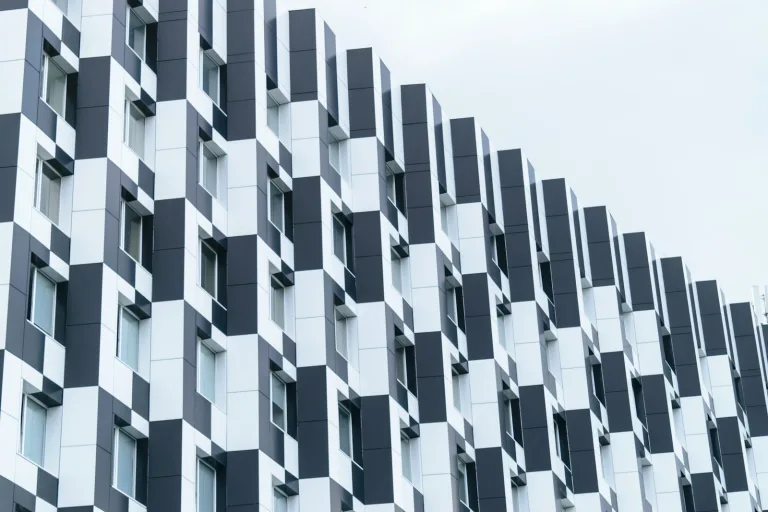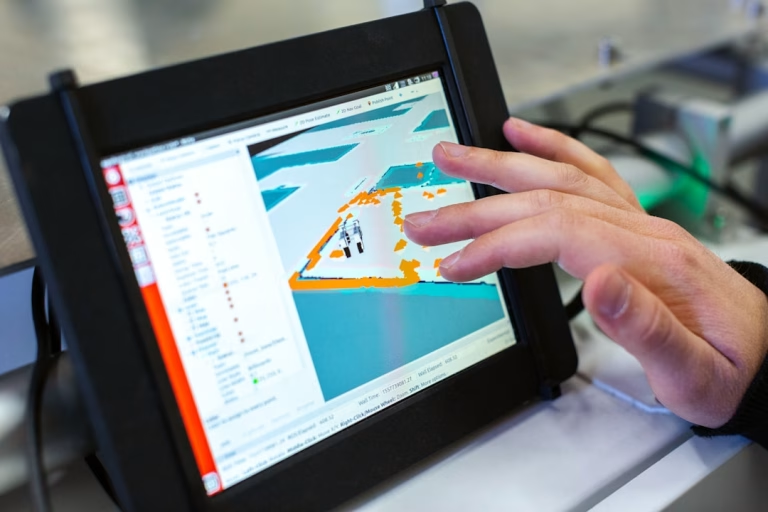A Closer Look at Event-Driven Architecture
A Closer Look at Event-Driven Architecture
Hi there, my tech-savvy friends! I hope you’re all set for a deep dive into the fascinating world of event-driven architecture. If you’re new to this domain just like I was a few months back, I’m here to make it comprehensible for you. So grab your coffee and let’s get started!
So, what’s Event-Driven Architecture (EDA)?
It’s an architectural pattern that orchestrates behavior around the production, detection, and reaction to events. In simpler terms, EDA is like a meticulously crafted Rube Goldberg machine. One action triggers another, which triggers another, and so on – until we achieve our end result. And who doesn’t love a good Rube Goldberg machine, right?
Remember the Domino Effect? That’s EDA for you
I remember my crazy college days when we spent an entire evening precisely lining up dominos just to experience the thrill when one small tap made everything roll in a ripple. That’s pretty much how EDA works. An event occurs (the tap on the first domino), this leads to subsequent events (unleashing the prepared dominos that in turn set off their neighbors), and we quickly cascade from one event to another.
The Crux of EDA
Three key components bring EDA to life: an event producer, an event channel, and an event consumer. The event producer triggers an event, the channel carries it, and the consumer receives and processes it. For my coffee lovers, think of it this way: the producer is like your coffee bean (source), the channel is your coffee machine (transport), and the consumer is you eagerly sipping your espresso (processing).
Why Do We Need EDA?
Here’s a real-life example. Imagine shopping at your favorite online store during a big sale. Thousands are doing the same, and the system is filled with tasks like processing payments and updating inventories. In a traditional system, each task would wait for the previous one to complete before starting. This could result in slower processing times and, ultimately, frustrated customers.
With EDA, each component operates independently, processing its task as soon as it’s triggered and not waiting for other tasks to complete. It’s like having multiple baristas in a coffee shop instead of one – more coffees brewed simultaneously, happy customers, and more sales. Now, who wouldn’t want that? Amazon Web Services does a good job explaining the techy side of things.
Wrapping Up
So folks, that was a quick tour of EDA. It’s powerful, it’s flexible, and it’s efficient – providing you with a nimble response to the constantly changing landscape of user interactions. Next time you’re sipping your coffee, take a moment to appreciate how beautifully the concept of EDA ties into our everyday life!






